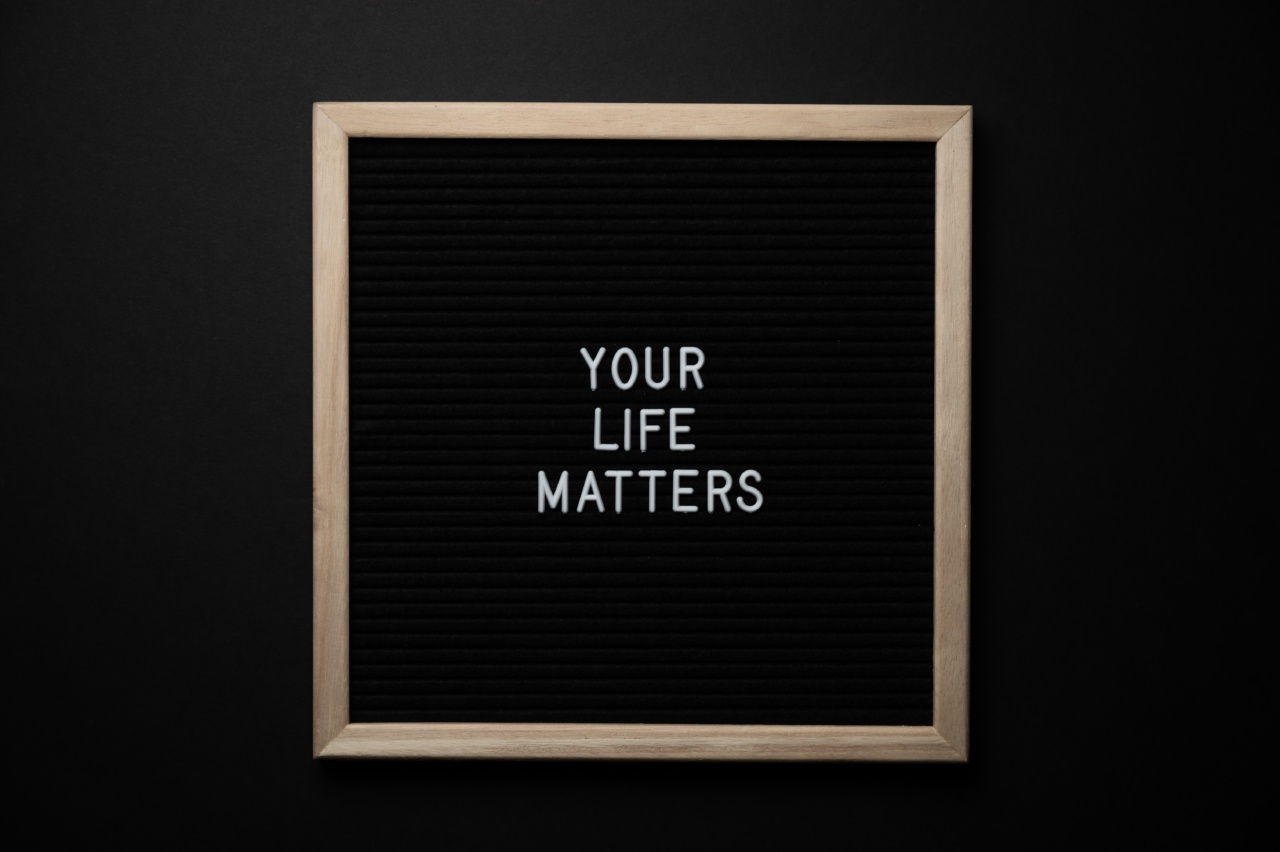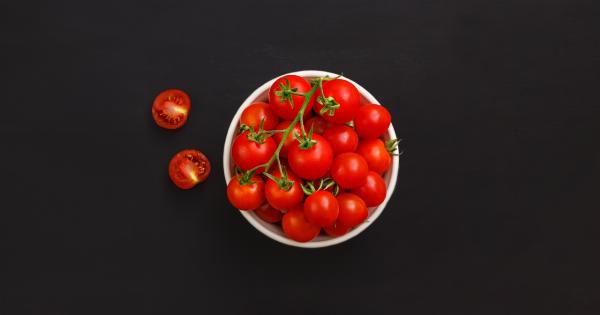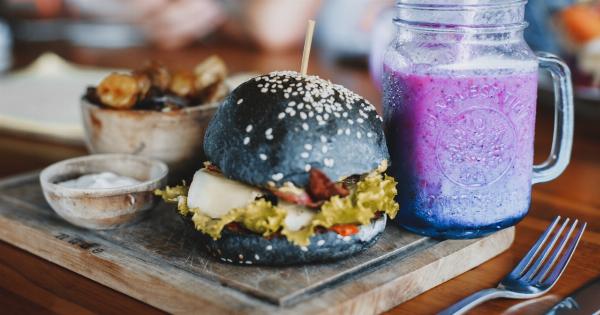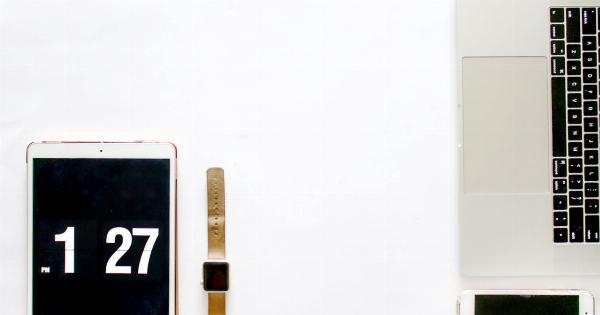If you’ve recently been diagnosed with celiac disease, or simply want to try a gluten-free diet, you’re in for a lifelong change in your diet.
Gluten, a protein found in wheat, barley, and rye, can be harmful to those with gluten intolerance or celiac disease. However, eliminating gluten from your diet can be a challenge. Here’s what you need to know about saying goodbye to gluten.
What Is Gluten?
Gluten is a protein found in many grains, including wheat, barley, and rye. It’s what gives bread its chewy texture and pasta its stretchy quality.
While gluten is harmless to most people, those with celiac disease or gluten sensitivity can experience a range of negative health effects when they consume gluten.
Why Go Gluten-Free?
For those with celiac disease or non-celiac gluten sensitivity, eliminating gluten from their diet is essential to prevent symptoms such as bloating, abdominal pain, diarrhea, and fatigue.
There is also some evidence to suggest that a gluten-free diet may be beneficial for individuals with other autoimmune conditions, such as rheumatoid arthritis or multiple sclerosis. However, some people may also choose to go gluten-free as a lifestyle choice or to try and lose weight.
The Gluten-Free Diet
The gluten-free diet involves eliminating all sources of gluten from your diet. This means avoiding foods that contain wheat, barley, and rye, as well as any ingredients derived from those grains.
Some unexpected sources of gluten include beer, soy sauce, and processed foods that contain modified food starch.
Fortunately, there are many gluten-free alternatives available, including rice, corn, quinoa, and potato. Gluten-free bread, pasta, and flour can also be found at many grocery stores and online retailers.
However, it’s important to read labels carefully and choose products that are explicitly labeled as gluten-free.
The Challenges of Going Gluten-Free
Eliminating gluten from your diet can be a challenge, particularly when eating out or traveling. It’s important to plan ahead and do your research to find gluten-free options.
Many restaurants now have gluten-free menus or can accommodate special requests. It’s also important to communicate your needs and concerns with friends and family so that they can help support you in your gluten-free journey.
Another challenge of going gluten-free is the cost. Gluten-free products can often be more expensive than their gluten-containing counterparts, which can add up quickly.
However, there are ways to save money, such as buying in bulk or making your own gluten-free bread and pasta.
The Benefits of Going Gluten-Free
For those with celiac disease or gluten sensitivity, going gluten-free can be life-changing. It can help alleviate symptoms and improve their overall health and quality of life.
It can also open up new opportunities for creativity in the kitchen, as you explore new gluten-free recipes and ingredients.
Conclusion
Saying goodbye to gluten is a lifelong change in your diet, but it can be a positive one. By eliminating gluten, you can manage symptoms and improve your health. While there are challenges to going gluten-free, there are also many benefits.
With the right resources and support, you can successfully navigate your new gluten-free lifestyle.































